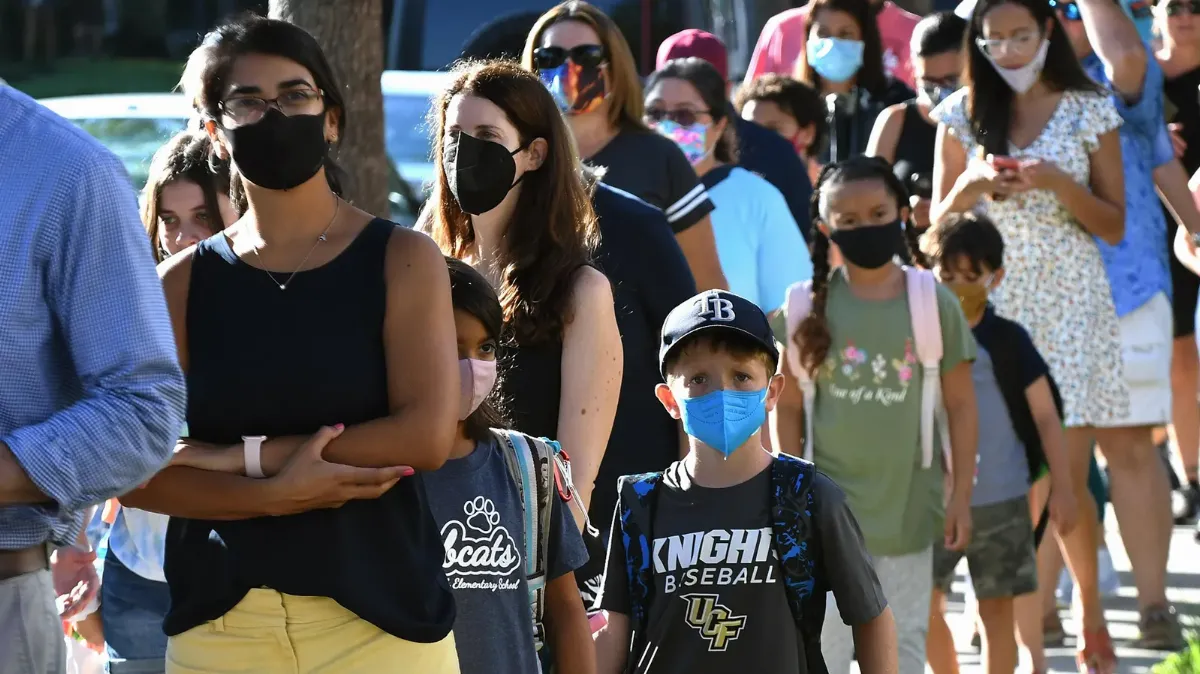
Mask mandates
Mask mandates are public health measures requiring individuals to wear face coverings in specified locations to reduce the spread of airborne illnesses. These mandates became widely implemented in 2020 as COVID-19 spread globally, with governments and health organizations like the Centers for Disease Control and Prevention (CDC) and the World Health Organization (WHO) recommending masks in public settings. Mandates generally apply to indoor spaces such as public transportation, retail locations, and offices, with variations based on regional infection rates and public health guidelines. Exemptions are often provided for children, individuals with specific medical conditions, and certain outdoor activities.
The types of masks required under mandates can vary, including cloth masks, surgical masks, and N95 respirators, with some mandates specifying the type based on factors like air filtration and fit. Enforcement measures have included fines, warnings, and other penalties to ensure compliance, with businesses often responsible for upholding these requirements among employees and customers. Adjustments to mask mandates are typically made in response to changes in infection rates, vaccination coverage, and updates in public health research.
In the United States, mask mandates have been set at both state and local levels, leading to differences in application and duration. In the European Union, member states have adopted their own approaches, though recommendations are sometimes provided at the EU level. Public health agencies continue to release updated guidance on mask usage and mandates as circumstances evolve.
Stichworte
Quellen







